Climate change isn’t just something happening in far-off places; it’s knocking right at your doorstep. You might not realize it, but the signs are all around you. From the plants in your garden to the critters that visit your yard, there’s a good chance you’re already experiencing the effects. Let’s walk through some of the most common ways climate change might be impacting your backyard. No need for a science degree here—just a keen eye and a little curiosity.
1. Warmer Winters

If you’re finding that you’re breaking out your winter coat later each year, you’re not alone. Warmer winters are becoming the norm as global temperatures rise. According to a study from the National Oceanic and Atmospheric Administration (NOAA), winter temperatures in the U.S. are increasingly higher than they used to be. These milder winters might mean less snow, which could affect everything from water supply to winter sports. While it sounds kind of nice to not freeze during winter, it throws off natural cycles.
Warmer winters can confuse plants and animals alike. Some plants might start budding earlier, only to be hit by a late frost. Animals, like certain migratory birds, might not make their usual journey south, thinking they can stick around. This can mess with food chains and local ecosystems. Your backyard might look greener for a longer time, but it’s not necessarily a good thing.
2. Unpredictable Weather Patterns

Do you feel like you never know what the weather’s going to do next? You’re not alone. Climate change is making weather patterns increasingly unpredictable. One day it’s sunny and warm, the next it’s pouring rain. This kind of unpredictability can wreak havoc on your garden and landscape.
Plants rely on certain weather conditions to thrive. When those conditions change rapidly, it can lead to stress and even death for plants not adapted to such sudden shifts. If your garden isn’t flourishing as it used to, it might be due to these erratic weather patterns. Be prepared to make quick changes to your gardening strategy to cope with the shifts. Consider more resilient plant varieties that can handle a range of conditions.
3. Changes In Local Wildlife
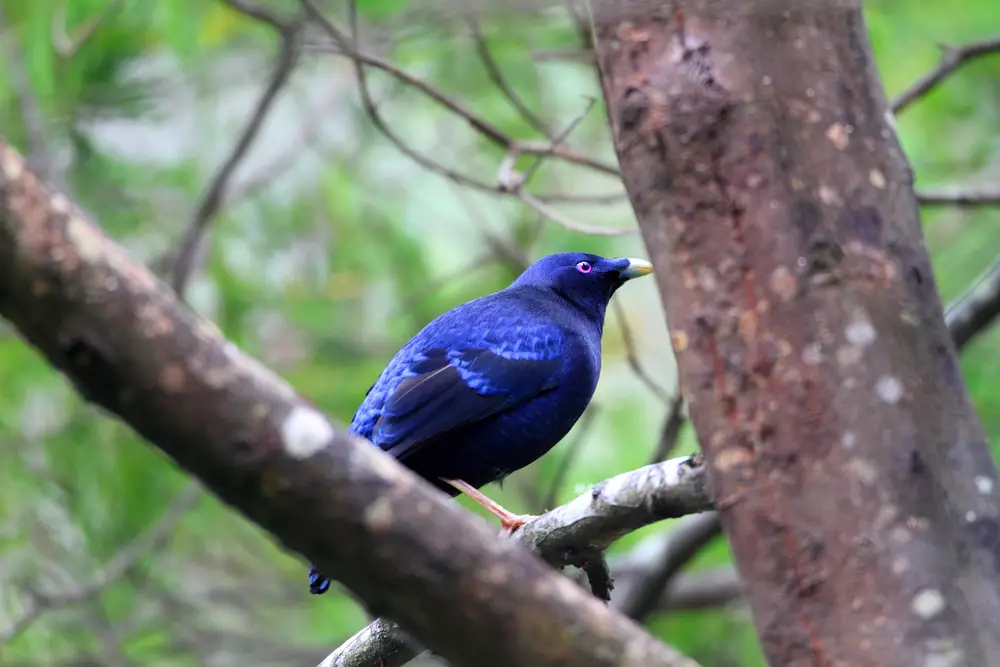
Are there new birds in your yard that you’ve never seen before? Shifts in local wildlife are a major sign of climate change. According to research by the Audubon Society, many bird species are relocating their ranges northward as temperatures rise. This means you might start seeing birds that aren’t typically native to your area. While it’s exciting to spot new species, it’s a sign that local ecosystems are shifting.
Changes in wildlife extend beyond birds. The insects, mammals, and reptiles frequenting your yard might be different, too. Some pests might become more common, while beneficial insects might decline. These shifts can impact everything from your garden to your local environment. A diverse range of wildlife is usually a sign of a healthy ecosystem, but rapid changes can disrupt this balance.
4. More Extreme Storms
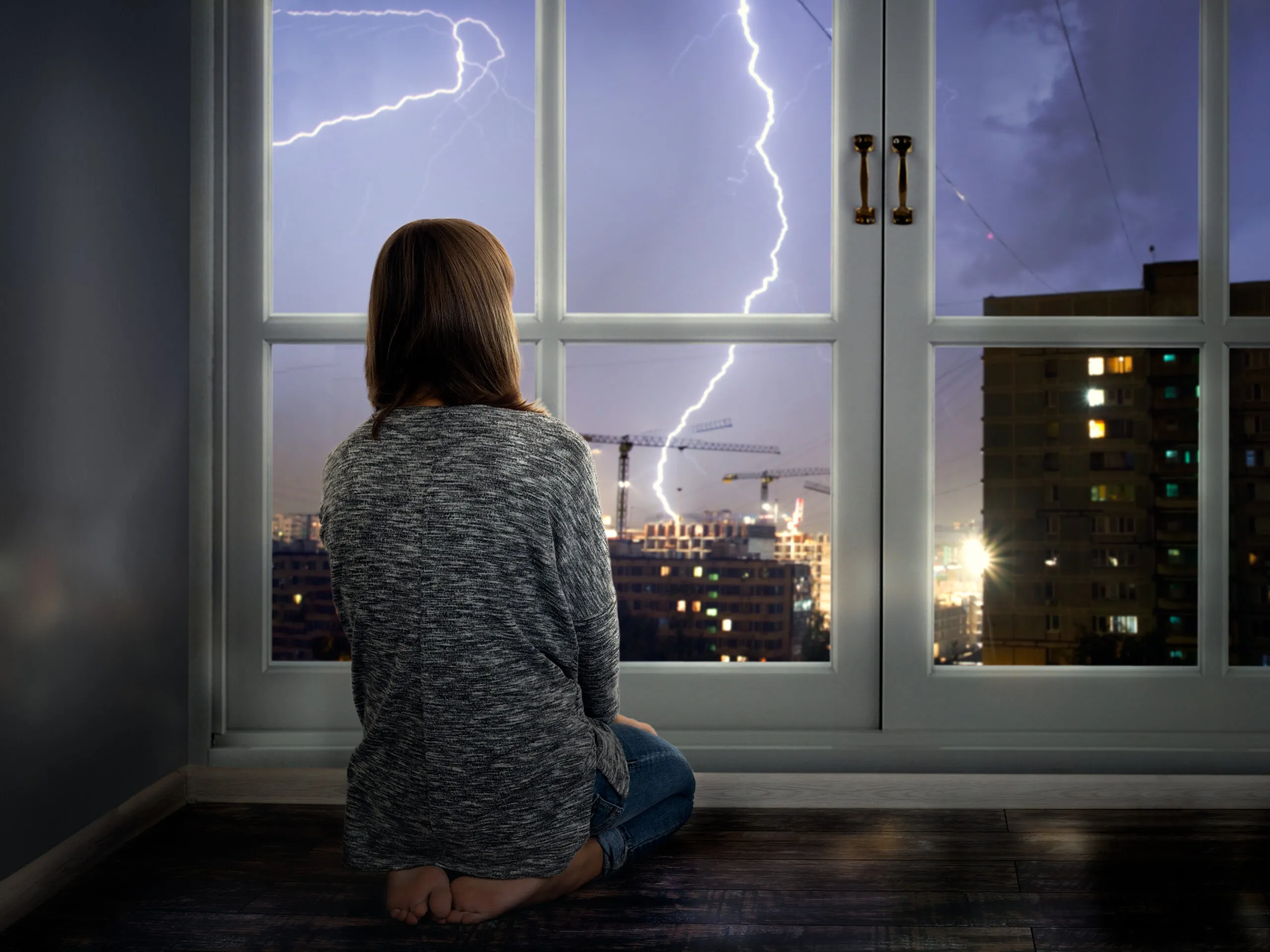
Has it seemed like storms are getting more intense? It’s not your imagination; climate change is leading to an increase in extreme weather events. Stronger storms mean more wind and more rain, which can cause significant damage to your property. Trees can be uprooted, power lines knocked down, and your garden flooded in a matter of hours.
Preparing for these intense storms is crucial. Reinforcing structures and ensuring your garden has proper drainage can help mitigate damage. Consider planting native species that can better withstand intense rain and wind. More extreme storms also mean potential changes in insurance premiums and coverage. It’s a good idea to review your policies and make sure you’re adequately protected.
5. Drier Summers
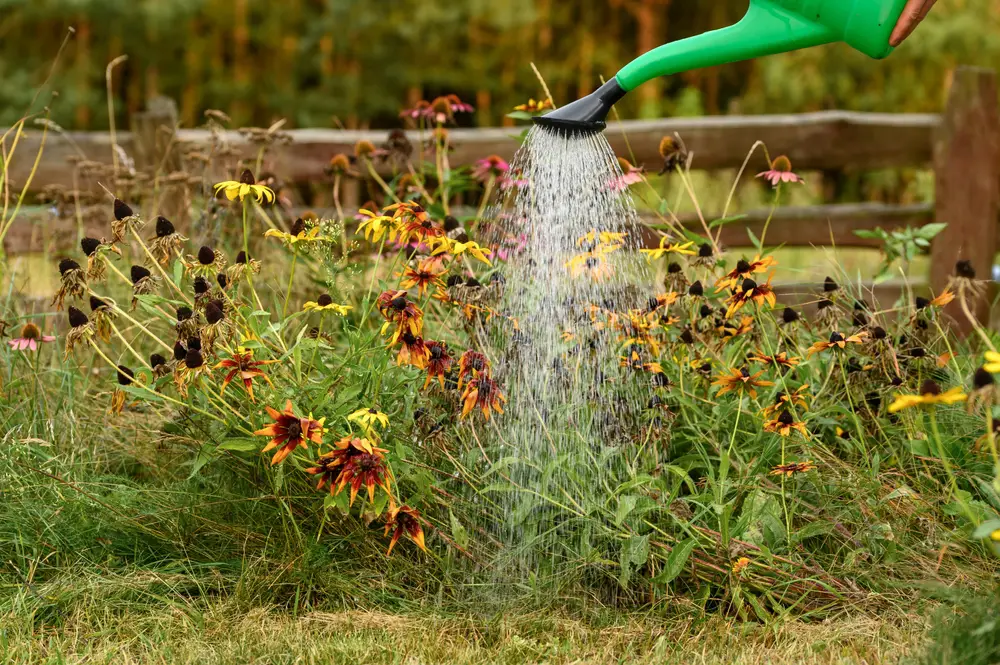
Notice your grass turning brown more often? This could be due to drier summer conditions. According to a report by the Intergovernmental Panel on Climate Change (IPCC), many regions are experiencing extended droughts. Less rainfall and higher temperatures can stress plants and make it harder to maintain a lush, green lawn. You might find yourself watering more often, which can be both time-consuming and costly.
Drier conditions also increase the risk of wildfires. In regions prone to fires, the dry season can be particularly dangerous. It’s important to create defensible space around your home by clearing out dry brush. Consider replacing water-intensive plants with drought-tolerant species. Not only will this save water, but it will also make your garden more resilient to dry conditions.
6. Earlier Springs
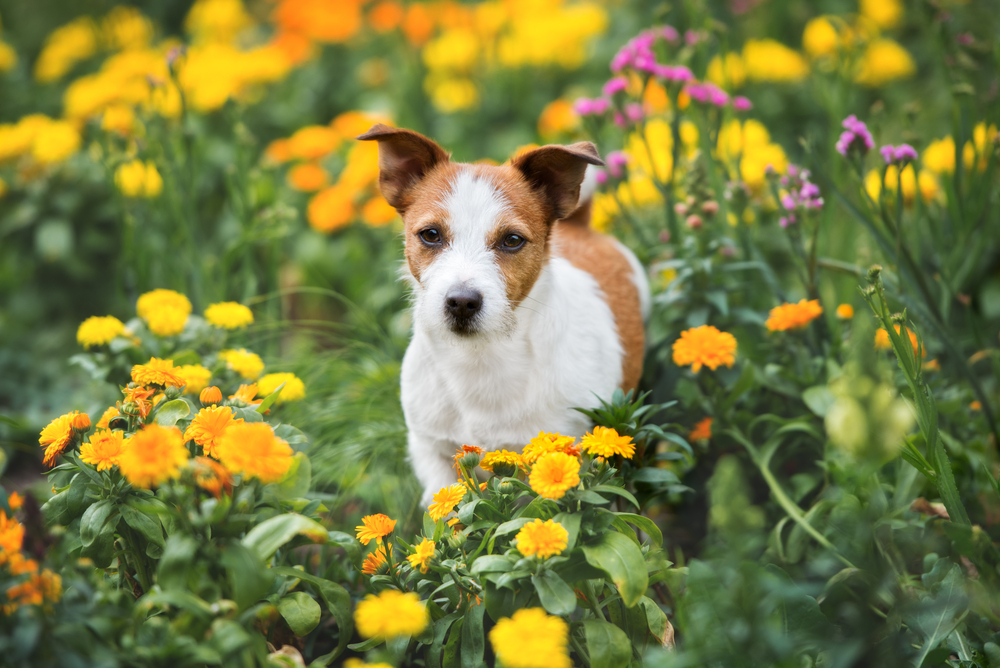
Are daffodils popping up sooner than expected? An earlier arrival of spring is another indicator of climate change. This shift can lead to a cascade of changes in your backyard ecosystem. Plants begin their growing season sooner, which might sound good, but it can lead to mismatches in timing for pollinators like bees. If plants bloom before insects are active, it can affect the entire food chain.
An earlier spring can also lead to a longer allergy season. With plants blooming sooner, pollen counts can rise earlier and last longer. This can be a nightmare for allergy sufferers. You might need to start taking allergy medications earlier in the year. Being aware of these changes can help you better prepare and adjust your routines.
7. Oceanic Influence On Weather

If you live near the coast, you’ve likely noticed changes in your local weather patterns. The influence of warmer ocean temperatures is a significant factor. A study published in the journal Nature Climate Change highlights the role of ocean temperatures in altering regional climates. Warmer seas can lead to more humid air and altered storm patterns. This can result in more frequent and severe coastal storms.
Changes in ocean temperatures can also affect marine life, which might impact local economies. Fishing and tourism can suffer as fish populations move and beach conditions change. For those living near the coast, adapting to these changes might involve reconsidering storm preparedness plans. Understanding the ocean’s role in your local climate can provide insight into what to expect. Keep an eye on local reports and be ready for sudden shifts.
8. Increased Pest Populations
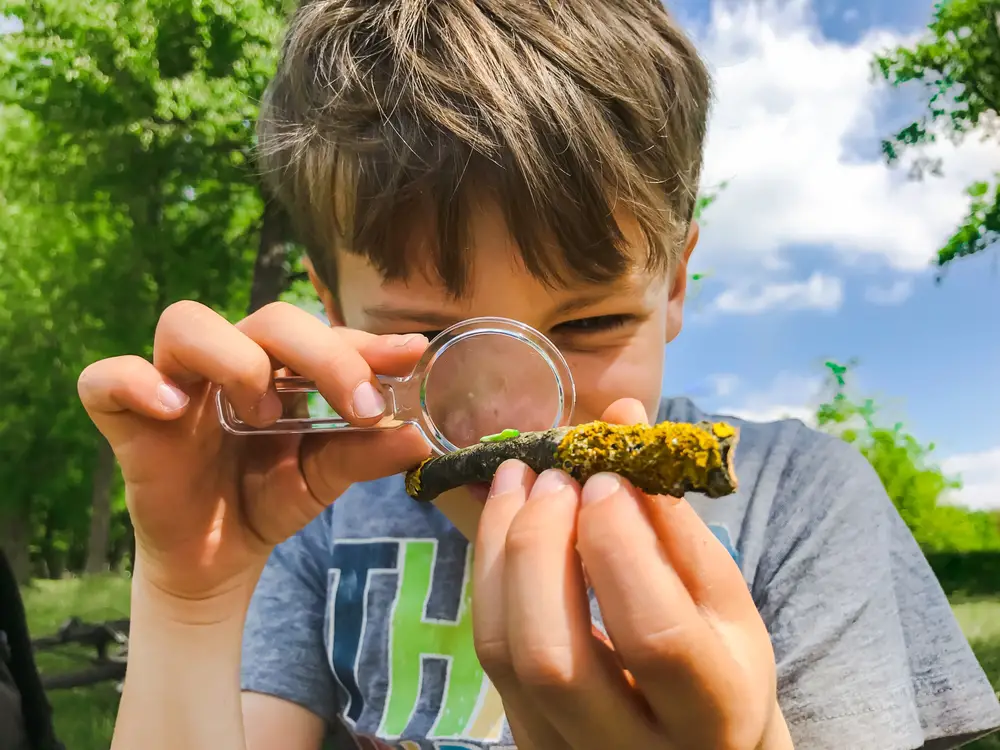
Have you noticed more bugs bothering you during your backyard barbecues? Rising temperatures and altered weather patterns can lead to an increase in pest populations. Warmer winters mean fewer pests die off during the cold months, allowing their populations to grow. This might mean more mosquitoes, ticks, and other nuisances in your yard. Increased pests can be more than just a personal annoyance; they can carry diseases that affect humans and pets.
Managing these pests requires vigilance. Regularly check for standing water, which can serve as a breeding ground. Consider using natural pest repellents to keep your yard as chemical-free as possible. Introducing natural predators, like certain bird species, can also help keep pest populations in check. Monitoring and adapting to these changes can help maintain a comfortable outdoor space.
9. Rising Sea Levels

Do you live near the coast and feel like the water’s creeping closer? Rising sea levels are a tangible effect of climate change. Melting ice caps and glaciers contribute to this increase, which can lead to more frequent flooding. Even if you don’t live directly on the coast, rising sea levels can affect local weather patterns. It’s a reminder of the broader impacts of climate change.
For coastal residents, rising sea levels can mean reevaluating property risks. Flood zones might expand, and insurance costs can rise. Protective measures like seawalls and elevated structures are becoming more common. You might need to consider these changes in future home improvement plans. Understanding the implications of rising sea levels can help you make informed decisions about your property.
10. Fewer Frost Days
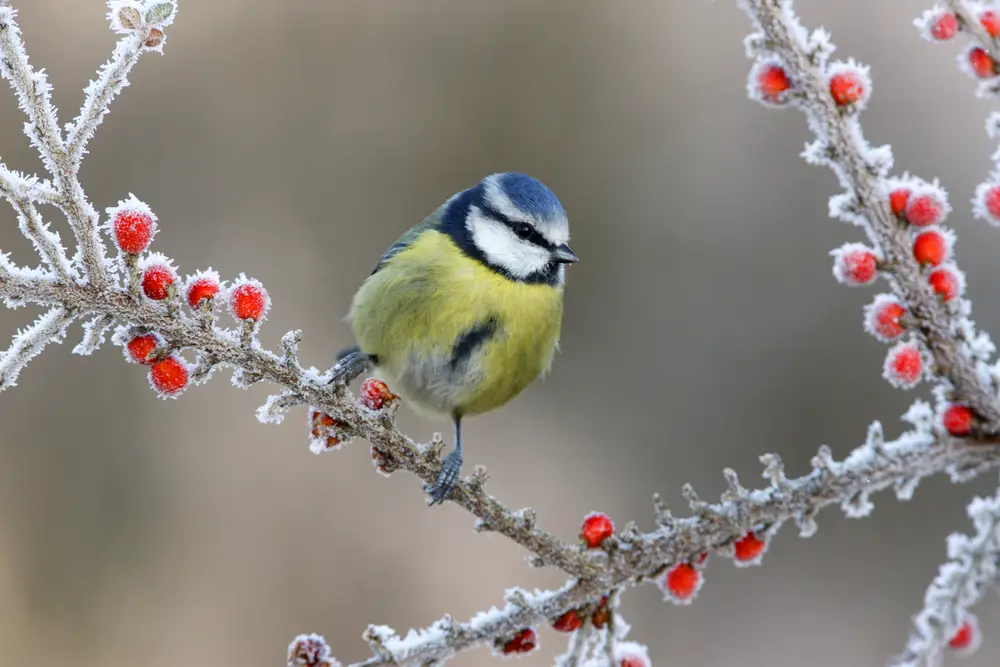
Are you finding that frost doesn’t happen as often? Fewer frost days are becoming more common due to a warming climate. This might seem convenient, especially for those who dislike scraping car windows in the morning. However, fewer frost days can disrupt local agriculture and ecosystems. Some crops rely on cold periods to thrive, and without them, yields can suffer.
Gardeners might find that they have more flexibility with planting times. However, this can also mean new challenges. Pests that would typically die off during frosts may stick around longer. You might need to adapt your gardening practices to deal with these changes. Be aware that fewer frost days may impact your local environment.
11. Thinner Snowpacks

Have you noticed less snow sticking around in the winter? Thinner snowpacks are another sign of a warming climate. This reduction can impact water supply for regions that rely on snowmelt. It can also affect winter sports industries like skiing and snowboarding. A thinner snowpack can lead to less water available in reservoirs during the summer months.
For those who enjoy winter activities, the changes can be disheartening. The economic impact can be felt in communities reliant on winter tourism. Adjusting to these changes might involve finding new ways to enjoy the winter months. Understanding how thinner snowpacks influence local water supplies can also prompt better water conservation practices. Being proactive can help mitigate some of these impacts.
12. Changes In Plant Hardiness Zones

Have you checked your plant hardiness zone lately? These zones are shifting due to changing climate conditions. A change in your zone means that some plants might not thrive like they used to. Conversely, it opens up possibilities for growing plants previously unsuitable for your area. The U.S. Department of Agriculture updates these zones to reflect climate changes, which can have widespread implications for gardeners.
Gardening requires adaptability, and understanding your current hardiness zone is crucial. It can influence what you plant and when you plant it. Choosing the right plants can lead to a more successful garden. Consider experimenting with new plants that fit your zone’s current conditions. Being aware of these changes can enhance your gardening experience.
13. Decline In Pollinators
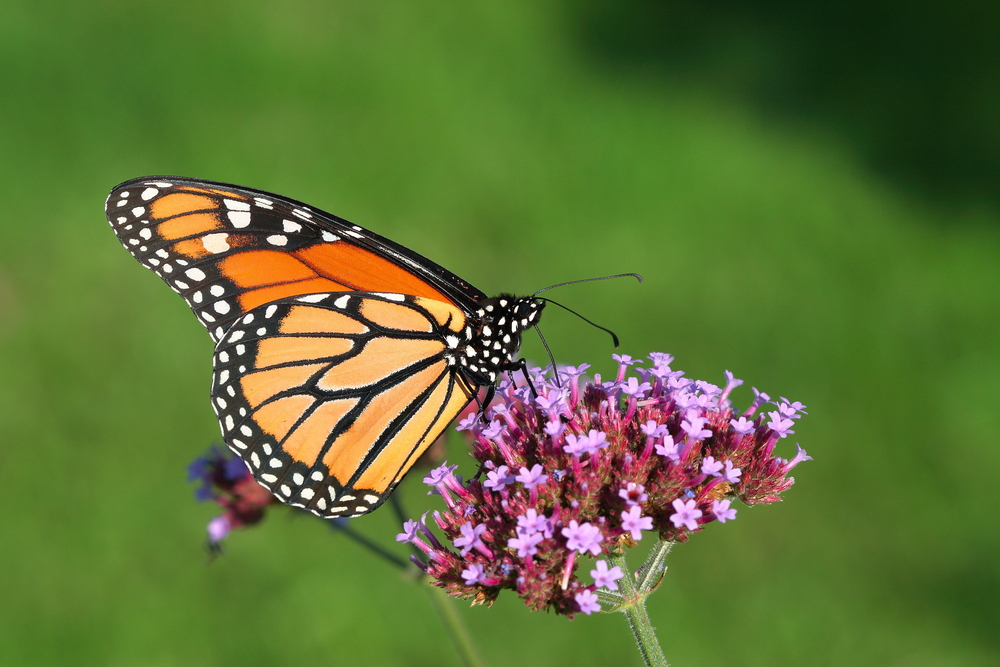
Have you noticed fewer bees buzzing around your flowers? A decline in pollinator populations is a significant concern. Climate change, along with habitat loss and pesticide use, contributes to this decline. Pollinators like bees, butterflies, and birds are essential for fertilizing plants. Their decline can affect everything from backyard gardens to global food supplies.
Maintaining a pollinator-friendly garden can help support these crucial creatures. Planting native flowers and avoiding pesticides can encourage pollinators to visit your yard. Creating habitats like bee hotels or butterfly gardens can also make a difference. These small changes can contribute to larger conservation efforts. Supporting pollinators is essential for maintaining biodiversity.
14. Coral Bleaching And Ocean Acidification
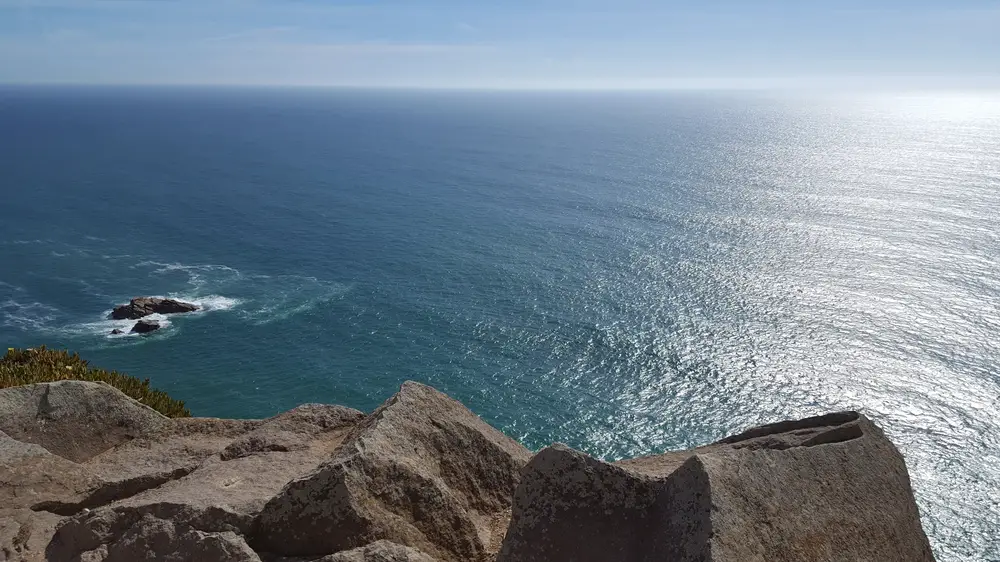
If your backyard is anywhere near the coast, you might notice changes in the ocean environment. Coral bleaching and ocean acidification are direct results of climate change. Warmer waters and increased carbon dioxide levels are wreaking havoc on marine life. This affects not just underwater ecosystems but coastal communities as well. While it might not seem like a backyard issue, it’s part of the larger environmental picture.
Even if you’re not directly affected, these changes can impact local economies and food supplies. Coastal communities depend on healthy marine environments for tourism and fishing. Understanding these global changes can inspire local action. Whether through supporting sustainable seafood or advocating for marine protection, everyone can play a part. The health of our oceans is linked to the health of our planet.
15. More Frequent Heatwaves
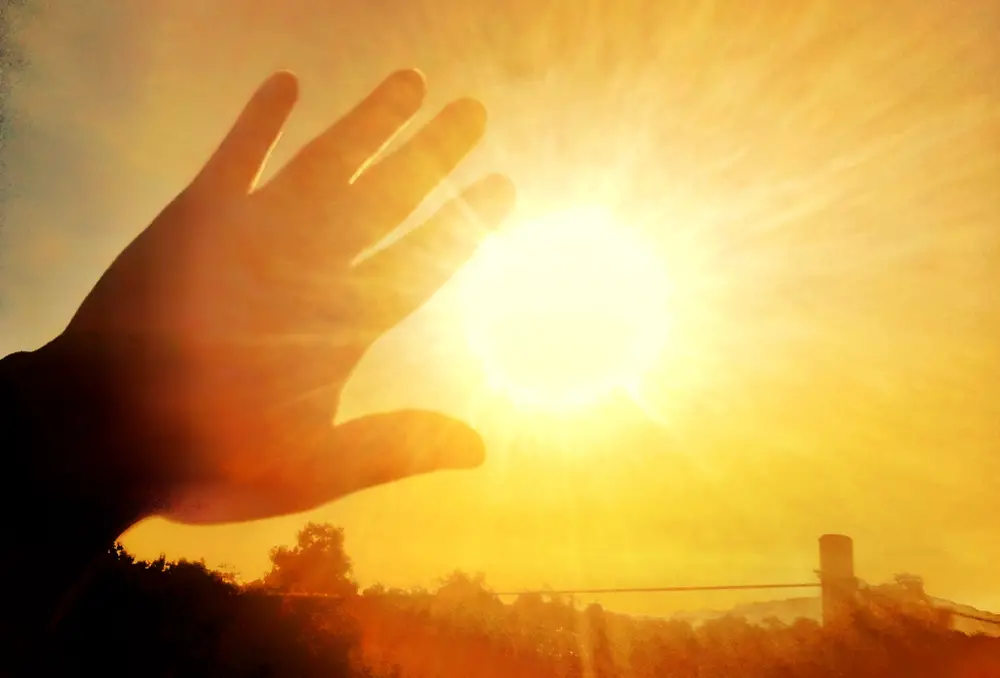
Have you found yourself cranking up the air conditioning more often? More frequent heat waves are another consequence of climate change. These extended periods of extreme heat can affect health, especially for vulnerable populations. They can also put a strain on energy resources and infrastructure. Your backyard might feel like a furnace during these heat waves.
Managing the impact of heat involves preparation. Ensuring proper shade and ventilation in your yard can provide some relief. Planting trees or installing shade structures can help cool your outdoor space. Staying informed about local weather conditions and staying hydrated is crucial. While heat waves can be challenging, being prepared can make them more manageable.
